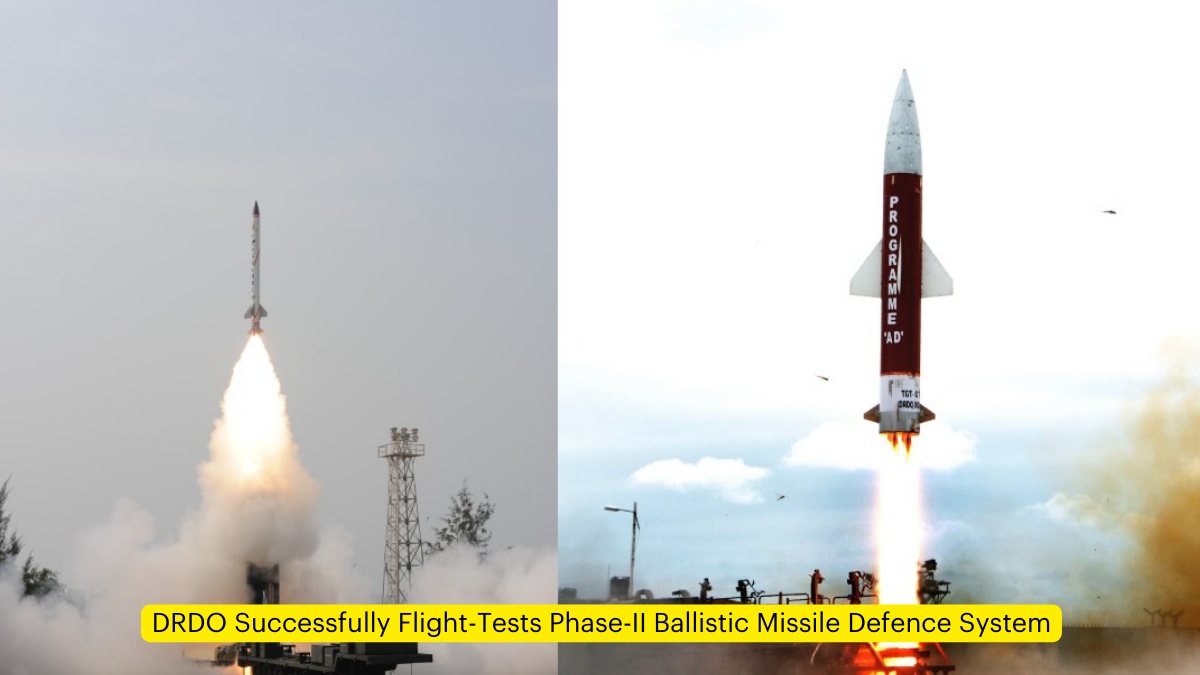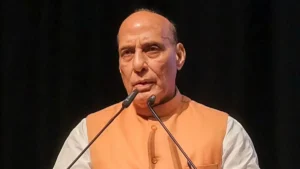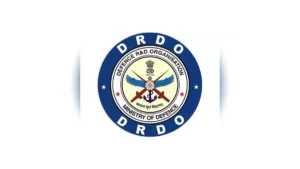On July 24, 2024, the Defence Research & Development Organisation (DRDO) of India achieved a significant milestone in its ongoing efforts to enhance national security. The organization successfully conducted a flight test of the Phase-II Ballistic Missile Defence System, demonstrating India’s growing capabilities in defending against long-range ballistic missile threats.
The Test Scenario
Target Missile Launch
At 1620 hours, a Target Missile was launched from LC-IV Dhamra. This missile was designed to mimic an adversary’s ballistic missile, presenting a realistic threat scenario for the defence system to counter.
Detection and Activation
The simulated threat was promptly detected by weapon system radars deployed both on land and at sea. This detection triggered the activation of the AD Interceptor system, showcasing the integrated nature of India’s missile defence network.
Interceptor Missile Launch
In response to the detected threat, the Phase-II AD Endo-atmospheric missile was launched from LC-III at ITR, Chandipur at 1624 hours. This launch occurred just four minutes after the initial target missile, demonstrating the rapid response capability of the system.
Test Objectives and Outcomes
The flight test was a comprehensive evaluation of India’s network-centric warfare weapon system. It successfully validated several critical components:
- Long Range Sensors: Demonstrated ability to detect threats at significant distances.
- Low Latency Communication System: Ensured rapid information transfer across the defence network.
- MCC (Mission Control Centre): Coordinated the overall defence response effectively.
- Advanced Interceptor Missiles: Proved their capability to neutralize incoming threats.
The test fully met all its objectives, confirming India’s indigenous capability to defend against ballistic missiles of the 5000 km class.
Performance Monitoring
The missile’s performance was closely monitored using a range of tracking instruments deployed by ITR, Chandipur:
- Electro-Optical Systems
- Radar
- Telemetry Stations
These monitoring systems were positioned at various locations, including on-board ships, to capture comprehensive flight data.
Technical Details of the Phase-II AD Endo-atmospheric Missile
Key Features
- Indigenously Developed: Showcasing India’s self-reliance in defence technology.
- Two-Stage Solid Propelled: Ensuring powerful and reliable propulsion.
- Ground Launched: Offering flexibility in deployment.
Operational Capabilities
The missile system is designed to neutralize a variety of enemy ballistic missile threats in the endo to low exo-atmospheric regions. This broad operational altitude range significantly enhances India’s defensive capabilities.
Technological Advancements
The missile incorporates numerous state-of-the-art indigenous technologies developed by various DRDO laboratories. This integration of cutting-edge domestic innovations underscores India’s growing technological prowess in the defence sector.
Official Reactions
Raksha Mantri’s Statement
Shri Rajnath Singh, the Raksha Mantri (Defence Minister), commended DRDO for the successful flight test. He emphasized that this achievement once again demonstrated India’s Ballistic Missiles Defence capability.
DRDO Chairman’s Remarks
Dr. Samir V Kamat, Secretary of the Department of Defence R&D and Chairman of DRDO, congratulated the entire DRDO team. He acknowledged their untiring efforts and contributions that culminated in the day’s successful flight test.
Important takeaways for all competitive exams
- Defence Research and Development Organisation Chairman: Samir V Kamat;
- DRDO was formed in 1958;
- DRDO HQ: New Delhi, India.




 Indian Navy to Commission First Indigeno...
Indian Navy to Commission First Indigeno...
 Rajnath Singh Inaugurates 125 Border Inf...
Rajnath Singh Inaugurates 125 Border Inf...
 DRDO Transfers Seven Indigenous Technolo...
DRDO Transfers Seven Indigenous Technolo...







